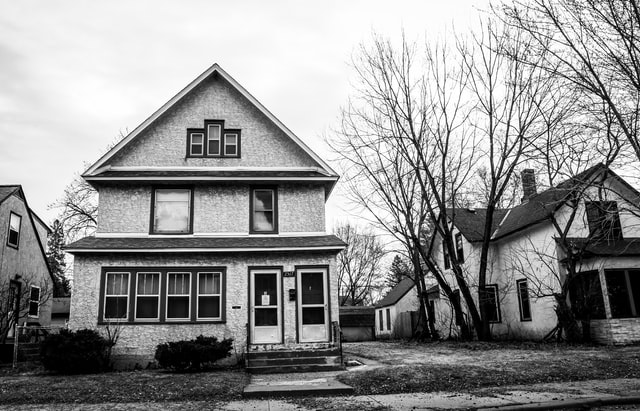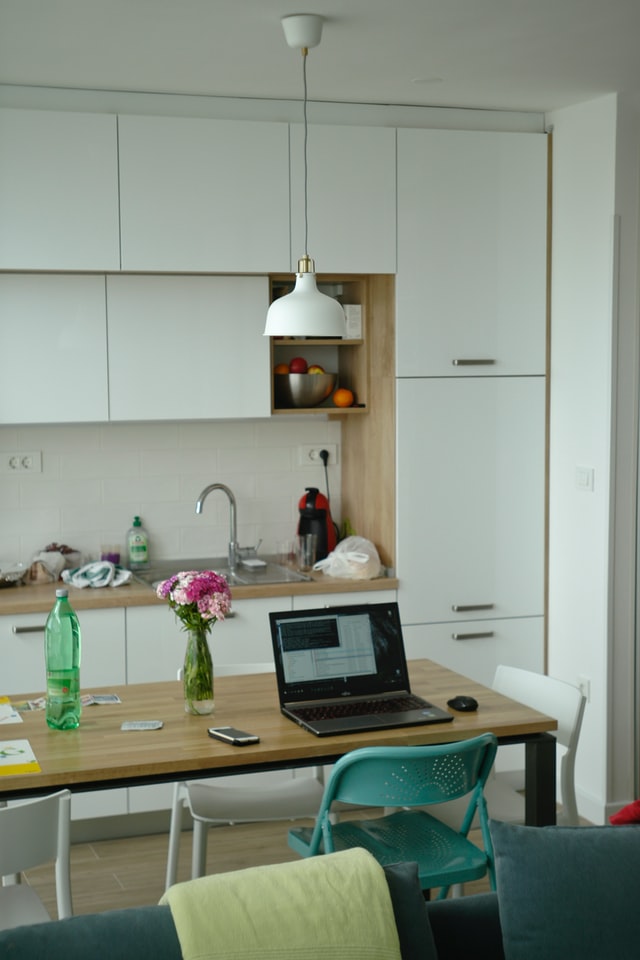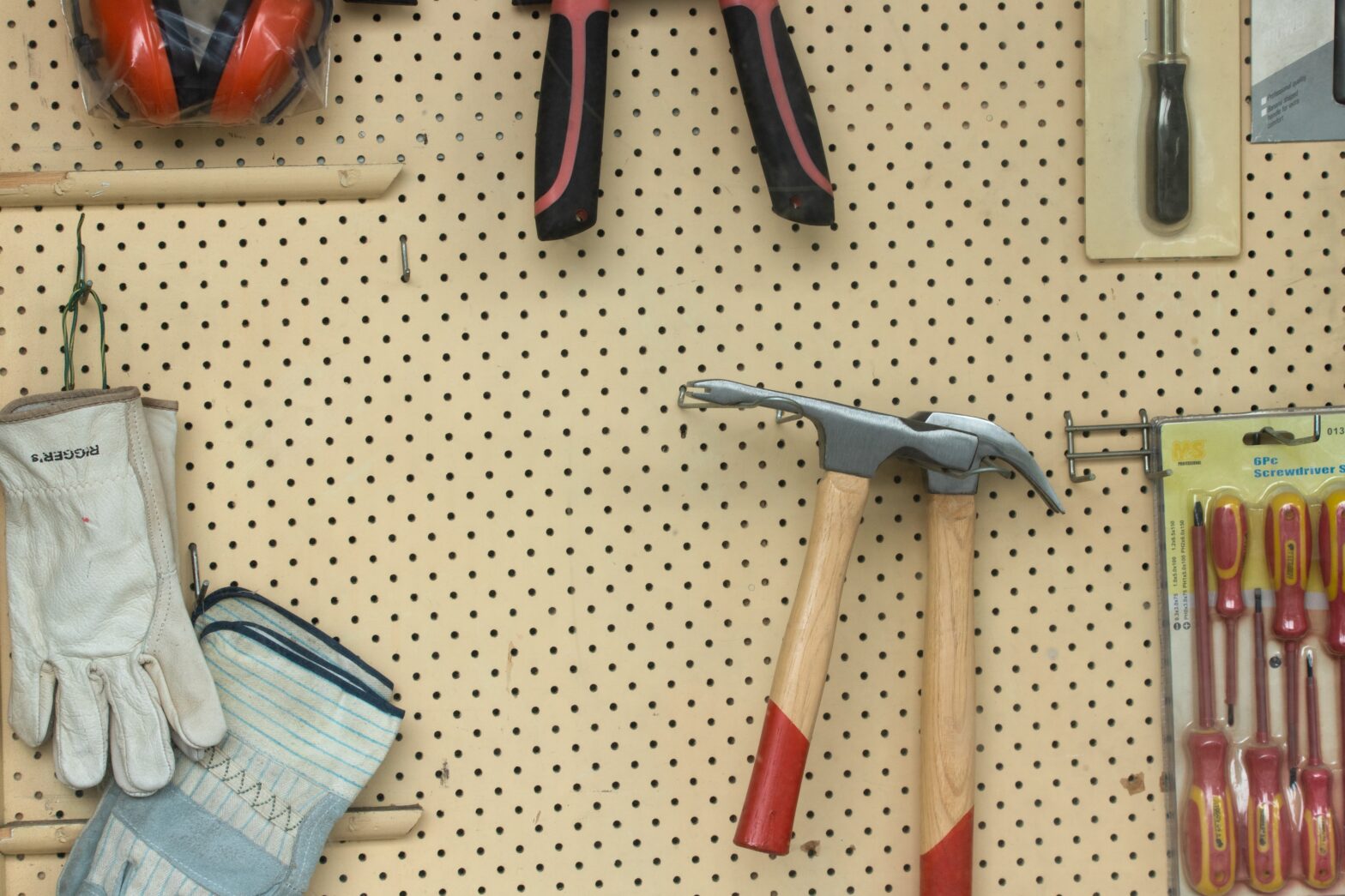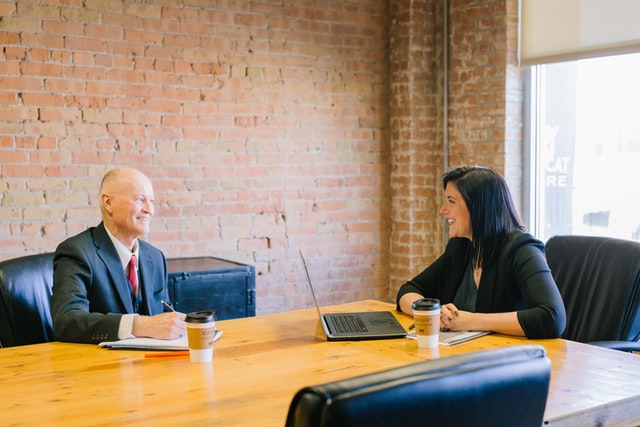In many cases, a recession results in credit scores dropping as more people are forced to temporarily rely on credit to make routine payments. This is just one of the many ways that the current recession bucks the trends. Lockdowns, work-from-home, moratoriums, and federal relief packages have all resulted in people spending less and recouping more of their losses than their normally would during a recession. As a result, people are less reliant on credit and their credit scores go up.
The two credit scoring services lenders use the most are FICO and VantageScore. Generally, one’s FICO score is slightly higher than their VantageScore, since FICO requires a full six months of credit history to calculate a score and therefore counts fewer people. Both systems range from 300 to 850, with a FICO score of at least 660 or VantageScore of at least 670 being considered good credit. At the start of 2020, the average FICO score was 703. This increased to 711 by October 2020. Average VantageScore also went up from 686 to 690 from 2019 to 2020. VantageScore reports indicate that subprime scores — those below 600 — decreased by about 3% between January and November 2020, while prime and super prime scores went up. Near prime scores remained about the same.
Unfortunately, some of this is just delaying the inevitable. Some of those who did take out loans during the pandemic were able to negotiate deferring their payments, which also had the effect of protecting their credit scores. Once federal protections end, which will occur 120 days after the coronavirus emergency declaration is lifted, some people aren’t going to be able to repay their deferred loans. That’s going to result in credit scores plummeting.



















